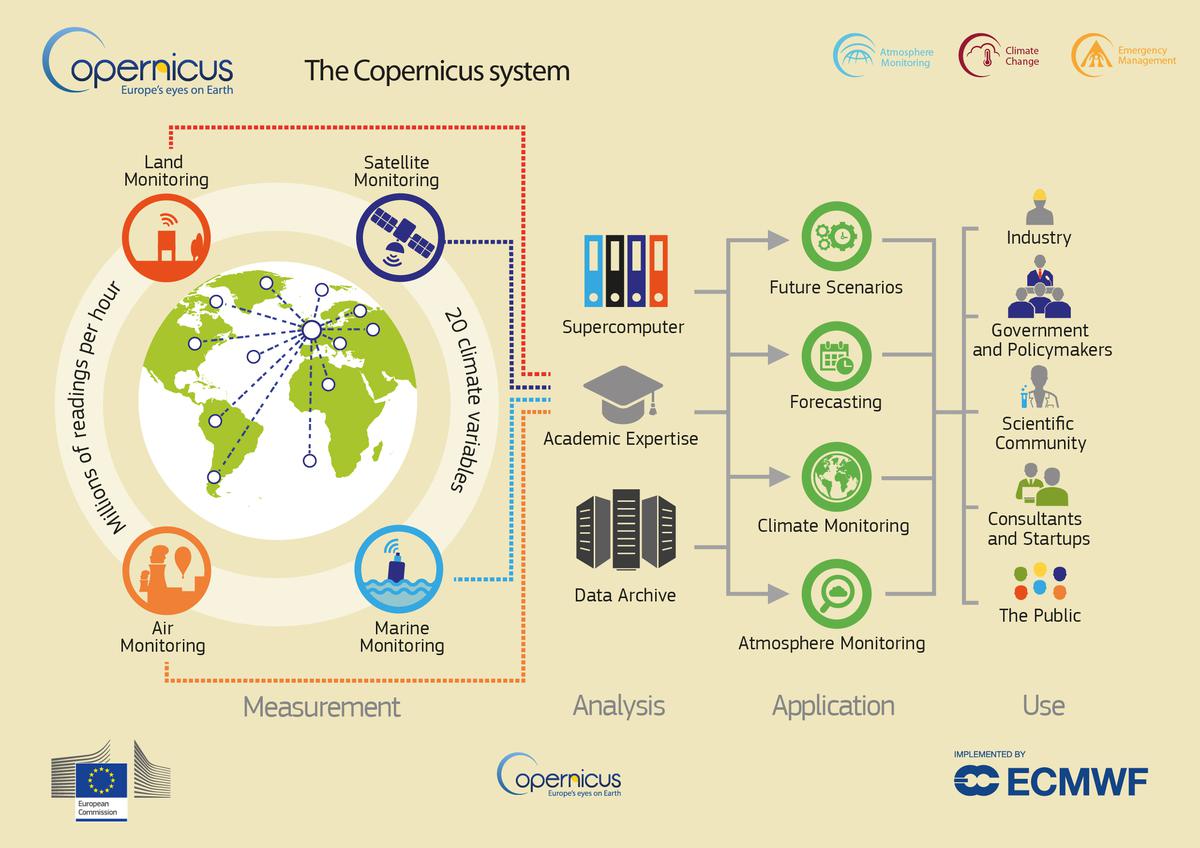Agni Prime or Agni - P
New Generation Ballistic Missile ‘Agni Prime’ was successfully flight-tested by Defence Research and Development Organisation (DRDO).
- It is a nuclear-capable new-gen advanced variant of the Agni class of missiles.
- Aim – To counter Pakistan’s forces owing to the fact that its range is insufficient to reach all parts of mainland China.
- Objective - To achieve maximum manoeuvrability against missile defense system and higher accuracy for precision strike.
- Agency – Developed by DRDO.
- Programme - It is developed under Integrated Guided Missile Development Program (IGMDP).
- Range - It is a medium – range ballistic missile with a range of 1,000 to 2,000-km.
- It is a 2-stage canisterised missile that can be launched from rail or road, be stored for longer periods and can be transported as per operational requirements.
- Canisterisation of missiles reduces the time required to launch the missile while improving its storage and mobility.
- Weight - It is lighter than all the earlier Agni series of missiles.
Integrated Guided Missile Development Programme (IGMDP)
- It is a Ministry of Defence programme to research and develop missiles.
- The project was started in 1982–1983 under the leadership of Dr APJ Abdul Kalam.
- It accomplished its design objectives by 2012.
- The Defence Research and Development Organisation (DRDO) and erstwhile Ordnance Factories Board (OFB) managed the programme with other Indian government political organizations.
- 5 Missiles developed under the IGMDP
- PRITHVI
- AGNI
- TRISHUL
- AKASH
- NAG
Reference
PIB | Agni - P testfired at odish coast
Lunar Missions
|
Mission
|
Country
|
Objective
|
Status
|
|
Chang’e 5
|
China 
|
Soft-landed on the south pole of the moon and collected samples
|
Launched on November 2020
|
|
Danuri mission
|
South  Korea Korea
|
Orbiter will study moon from January 2023 after entering lunar orbit
|
Launched on Aug,2022
|
|
Artemis - I
|
USA
|
First uncrewed integrated flight mission to moon
|
Launched on November 2022
|
|
ispace's Hakuto-R Mission
|
Japan
|
UAE rover and Japanese payload on a lander; crash-landed
|
Launched on
Dec,2022
|
|
Chandraayan-3
|
India

|
Lunar exploration with a landing module and rover
|
Yet to launch on June 2023
|
|
Luna 25
|
Russia

|
Sample gathering from southern pole
|
Yet to launch on July 2023
|
|
Artemis II
|
U.S.A

|
Crewed mission to the moon
|
Yet to launch on 2024
|
|
Unnamed
|
China

|
Crewed mission to the moon
|
Yet to launch on 2030
|
International Lunar Research Station (ILRS)
- ILRS is a set of complex research facilities to be constructed with the possible involvement of international partners on the surface and/or in the orbit of the Moon.
- It is designed for multi-purpose scientific research activities with the capability of long-term unmanned operation with the prospect of subsequent human presence.
- It is a joint venture between China and Russia.
- The basic version of the ILRS to be completed before 2028.
- After 2030, missions code named ILRS-1/2/3 will be launched toward building of an improved version of the ILRS.
Reference
The Hindu | Lunar Missions
The Copernicus System
June 8, 2023 marks the 25th anniversary of Copernicus, the earth observation component of the European Union’s space programme.
- Launch year- 1998
- Previous name - Global Monitoring for Environment and Security Programme (GMES)
- Aim - To provide information on the earth’s environment to aid sectors like agriculture, climate change, disaster management, urban planning, and more.
The programme is named after Nicolaus Copernicus, the 15th-century Polish scientist who first proposed a heliocentric universe model.
- Working - Copernicus integrates satellite and non-space data, including ground-based, airborne, and seaborne measurement systems, to offer data related to earth observation.
- The mission relies on a group of satellites, called Sentinel satellites, for gathering data.
- Implementing agency - Copernicus was implemented by member states in association with
- The European Space Agency (ESA),
- The European Organisation for the Exploitation of Meteorological Satellites (EUMETSAT),
- The European Centre for Medium-Range Weather Forecasts (ECMWF),
- EU Agencies and Mercator Océan.
- It is managed by the European Commission.
- Access - Its data is freely available for anyone to access.

Sentinel Satellites
- The European Space Agency (ESA) is developing a new family of missions called Sentinels specifically for the operational needs of the Copernicus programme.
- These missions carry a range of technologies, such as radar and multi-spectral imaging instruments for land, ocean and atmospheric monitoring.
Reference
The Hindu | Commemorating Copernicus System
Cyclone Biparjoy
After Mocha in the Bay of Bengal, the second storm of the 2023 North Indian Ocean named Biparjoy has developed in the Arabian Sea.
Tropical Cyclone
- Tropical cyclones are intense circular storm that originates over warm tropical oceans.
- It is characterized by low atmospheric pressure, high winds, and heavy rain.
- It draws its energy from the sea surface and maintaining its strength as long as it remains over warm water.
- It can elevate of the sea surface by 6 metres (20 feet) above normal levels.
- It can occur over the late summer months (July–September in the Northern Hemisphere and January–March in the Southern Hemisphere).
- Biparjoy - A very severe cyclonic storm along the coastline of Karnataka, Goa and Maharashtra in the Arabian Sea
- The cyclone is expected to keep the monsoon a little subdued.
- The name “Biparjoy" was suggested by Bangladesh and the word means ‘disaster’ or ‘calamity’ in Bengali.
- Naming of tropical cyclones - Worldwide, there are 6 Regional Specialised Meteorological Centres (RSMCs) and 5 regional Tropical Cyclone Warning Centres (TCWCs) mandated for issuing advisories and naming of tropical cyclones.
- Indian Metrological Department (IMD) is one of the six RSMCs to provide tropical cyclone and storm surge advisories to 13 member countries under the WMO/Economic and Social Commission for Asia-Pacific (ESCAP) Panel.
- Countries include Bangladesh, India, Iran, Maldives, Myanmar, Oman, Pakistan, Qatar, Saudi Arabia, Sri Lanka, Thailand, United Arab Emirates and Yemen.
Reference
Indian Express | What is Cyclone Biparjoy ?
Fuel cell AIP Vs Stirling AIP
The German shipbuilders signed an agreement India’s Mazagon Dock Limited (MDL) to cooperate in building 6 state-of-the-art submarines for the Indian Navy.
- The submarines, powered by air-independent propulsion (AIP), are planned to be built under Rs 45,000 crore programme called Project 75-I under the “strategic partner” (SP) acquisition category.
- Conventional diesel-electric submarines – It can operate underwater silently for up to 48 hours.
- AIP-driven submarines – It remain underwater for up to 2 weeks before they must surface for battery charging.
Fuel cell AIP
- Fuel cell-based AIP generates power through the reverse electrolysis of oxygen and hydrogen.
- This process does not need air, but requires storage of highly inflammable hydrogen on board.
- Fuel cell AIP systems are associated with German submarines of Class 212A and Class 214, and will power the Project 75-I submarines too.
- Other fuel cell AIPs are being developed in other countries, such as Russia (alkaline fuel cells) and India (phosphoric-acid fuel cells).
- Class 212A submarines are 3 times larger than previous German Navy Class 206 submarines.
- In addition, fuel cell-based AIP systems require meticulous crew training and dedicated infrastructure.
- A key problem in fuel cell development was to master hydrogen storage.
Stirling AIP
- The 2nd type of AIP, based on the Stirling engine, is the first modern combat-ready system.
- It is a simple system that uses diesel fuel (typical for the submarine) and liquid oxygen, discharging the plant overboard at small and medium depths.
- Low-power Stirling engines are much quieter than main diesel generators of submarines, providing considerable tactical gains.
- It took less than 15 years for the creation of this system from concept to implementation.
- Although this system lacks stealth, it has proved relatively good in a small area, shallow depths, complex hydrology and heavy traffic, which require a submarine’s acoustic signature to be minimised.
- The Stirling engine is compact enough for small submarines.
Reference
Business Standard | India and Germany signed an agreement to bulit 6 submarines
